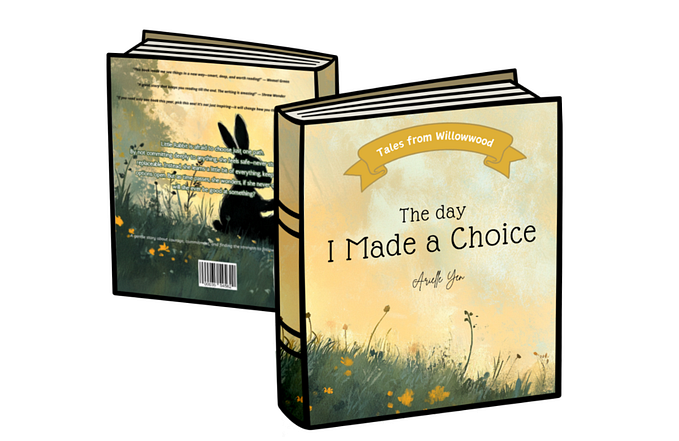Indian beauty brands: Exotic Niche or Global Best Sellers?

Not too long ago, I visited my local pharmacy in Mumbai and right there, for the first time, I saw an entire aisle dedicated to K-Beauty, the umbrella term used for beauty products and practices from South Korea. This confident promotion of an Asian trend in a local Indian store got me thinking: will I ever see Indian beauty brands becoming a staple in the aisles of pharmacies across the globe?
Before the Asian influence, the French and Americans reigned with brands like L’Oréal and Estée Lauder, respectively.
After almost three decades of monopoly by Western-centric megabrands came the Koreans and their brand of K-Beauty that broke the global barrier for beauty. Amore Pacific, that owns brands such as Innisfree, Sulwahsoo, and Laneige, has managed to spread a global footprint in a relatively short span of time, since taking the brand outside of Korea for the first time in the year 2002.
So what makes a brand go from local to global? Apart from the obvious pointers like distribution, market readiness, and first-mover advantage, another critical aspect that I believe takes a brand from local to global is: to find an authentic voice from one’s own culture that resonates with global audiences. That along with strategic inflection points go a long way in pushing a brand on the world stage.
Taking the example of K-Beauty. Korea taught us a new language of beauty that’s authentic to them: the ‘step regime’. As a country, Korea places a very high premium on beauty. Some estimates have suggested that 1/3rd of Korean women have had some kind of cosmetic procedure done to themselves. Vanity, in their case, is truly a virtue and they own it, unapologetically.
While this ‘insight’ or ‘truth’ has existed for a long time, what catapulted them, in my opinion, to the global stage was the popularity of K-Pop and K-Drama. Korean bands like BTS are a global phenomenon. Cultural awareness and curiosity served as perfect inflection points for Korean beauty brands to enter the world stage.
This brings us to the question: when will Indian home-grown beauty brands witness a global footprint? And what authentic beauty paradigm can India offer to the world? The answer to that might lie in understanding the culture and inflection points of India, from an economic and a cultural standpoint.
Post its independence in 1947, India relied more on the socialist framework than capitalistic. This informed our economic policies, which in turn, informed our consumption habits and patterns. We were a land of less. Our first inflection point was in 1991, which is when India opened up to the world. As a civilization, we may be thousands of years old but as a global economy, we’re only 32.
The second inflection point came towards 2013–2014 when the Indian start-up ecosystem started to pick up the pace. With venture capitalists flushing the market with funds, entrepreneurs no longer needed to rely on debt and savings to plough into their businesses. In short, they could now focus on growing the market than worry about finance and profits.
As our economy grew, so did our disposable income. More income led to more exposure to the world, new cultures. This marked a change in our consumption habits. As our appetite grew, so did an influx of brands, in almost every sector, including beauty.
For a brand from any country to find its feet in another country, it needs to ride the wave of culture that it is known for. For Korea, it was their vanity, for the French it was ‘less is more’, for the Americans it was ‘more is more’. They took what was authentic to their culture and took it to the world.
So what is authentic to India? I believe that the challenge and the answer both lie in the complexity of our country. India, unlike the countries mentioned above, is way more diverse and complex and that’s what makes it harder for Indian brands to stick their tent on any one pole.
Given this truth, when the beauty industry began to emerge in India, they took to its most ancient and popular wellness practice — Ayurveda.
Started by Mira Kulkarni in 2000, Forest Essential was the first homegrown brand to foray into the world of beauty. Then came Kama Ayurveda, a beauty brand that navigated the same space of Ayurvedic beauty products.
I believe that we are now at the precipice of another inflection point. I call it the ‘India Flex’. As a country, we are economically, politically, and culturally coming on our own. Our story is getting noticed and the world wants to partake in it.
This inflection point has started showing up in the beauty business too. Brands like Ranavat and Fable & Mane are among the first Indian brands that Sephora US opened its doors to. Both these brands rely on traditional Indian formulations and good visual design to sell the India story to a western consumer.
In fact, Byredo, a European luxury brand recently launched kajal pencils and has differentiated the colours by their Hindi names. The blue kajal pencil is called Neela Neela, brown is called Bhoora Bhoora — you get the drift.
But so far, we haven’t seen any significant homegrown challengers. Ayurveda, while culturally is that one aspect that is unique to our country, I believe it’s becoming a cliché and shouldn’t be what every Indian brand places its bets on.
Another key aspect is visual design. Remember, before we buy it, we see it.
Last but certainly not the least is the brand story. The brand’s reason for existence. It’s a critical aspect that needs to be thought through with painstaking clarity that many Indian brands fail to do.
This brings me to my original question. Can a homegrown Indian brand make a sizable dent in the global markets? Can we create world-class formulations with differentiated visual design and a compelling brand story? We certainly have the resources to.
The future lies in creating a brand that represents Indian culture without it being a cliché. India is more than just Ayurveda. Modern India with its subcultures and diversity is a fertile ground for brands to leverage while creating a unique voice that captures the zeitgeist — a potent mix of cultural heritage and modernity.
I am looking forward to that day when I visit a pharmacy in New York or Paris or Seoul with an entire aisle dedicated to ‘Indian beauty,’ filled with products that are thoughtfully designed with brand stories and formulations so fresh yet authentically Indian.






